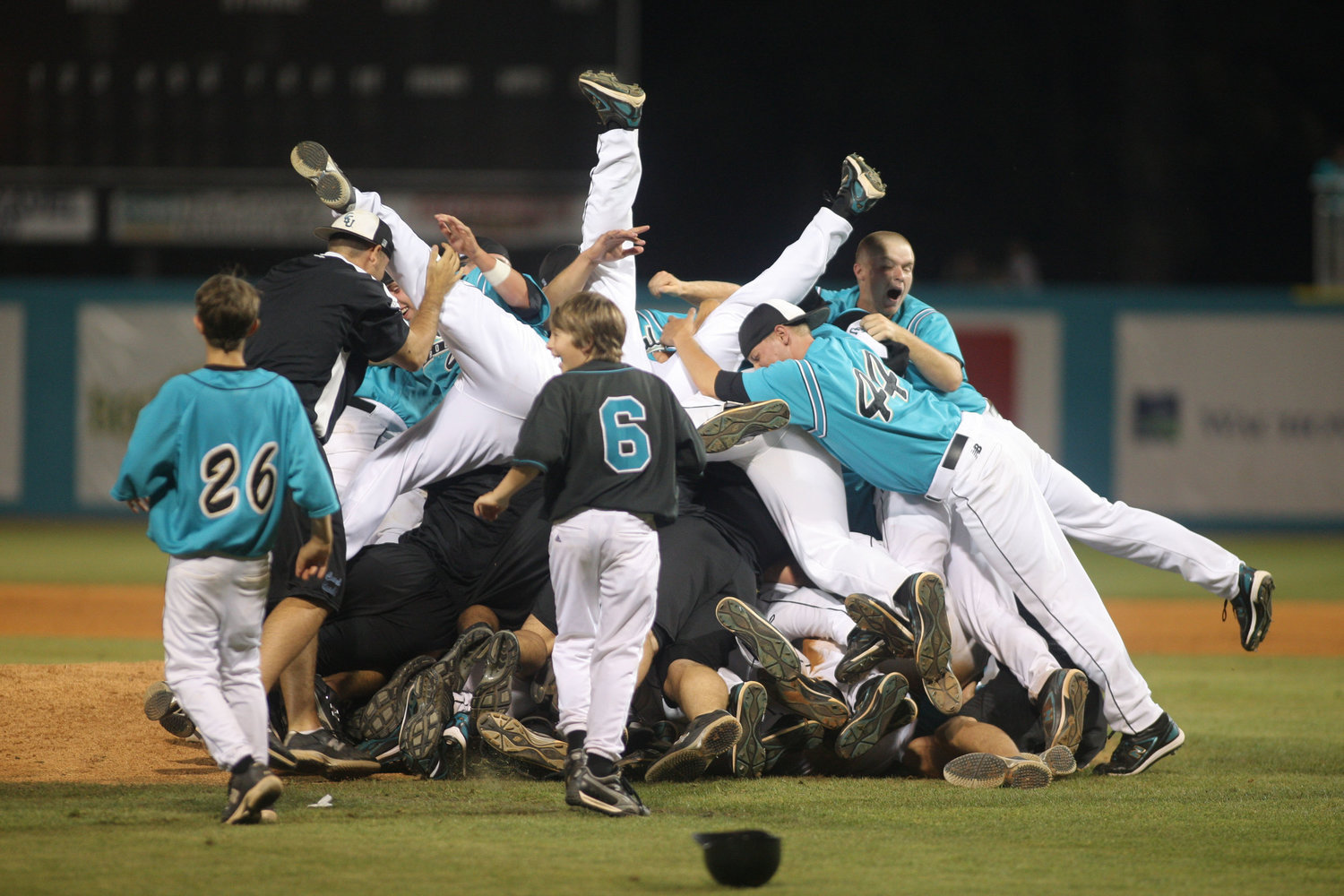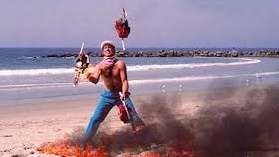Advanced Training For Your Child? …what you need to know
/Mechanics are Fundamental and Basic
From time to time I hear parents state, “I am looking for an advanced level of training for my child”. I tell them there really isn’t much ‘advanced’ stuff for 12U kids to learn. The physical movements of the game are the same for a kid as they are for a Major League Player. What this means is MLB players aren’t doing much that would be classified as ‘advanced’. Those players are simply bigger, stronger, faster and more practiced in their movements, but those movements are nothing more complex than what they did when they were kids themselves..
This fact was reiterated to me by my ‘little’ brother Todd, a former Major League player (then went on to serve as a minor league batting instructor in the Giants organization). He said, “let the coaches and parents know that the game I played when I was 12 is the same as the game I play now”.
The Advanced Aspects of the Game: Mental Approach and Strategy
The true ‘advanced’ aspect of the game comes into play for players when pitchers develop the ability to consistently locate pitches and throw a decent off-speed pitch. This aspect of the game doesn’t evolve until kids are 14 or 15, at the earliest. At that point the ‘advanced’ aspect of baseball is more mental than physical. (Right now our goal is simply to keep kids in the game long enough to experience it at an ‘advanced’ level. Less than 25% of youth players continue to play the game past age 12.)
At that point in the evolution of a player we start working on their mental approach to the game. Batters learn to go to the plate with a plan based on the game situation (inning, score, location of runners, number of outs, etc.) and a knowledge of what types of pitches a pitcher has and their ability to locate those pitches. We talk to pitchers about their approach to a given batter, again based on the game situation and what knowledge we might have of the batter (running speed, power, likelihood to pull the ball or hit to the opposite field, etc.)
Kids First Need to Master Fundamental Skills
Kids aged 12 and under really don’t need ‘advanced’ instruction. They still have a ways to go to master basic movement skills. A big factor in gaining this mastery is related to their size and strength (movements in baseball, unbeknownst to most, require great strength); factors that ‘advanced’ instruction provide little, if any, impact. Getting good sleep, eating right and giving kids time to grow physically are what young players need (along with us adults staying positive with them and giving them the moral support they need to maintain a desire to keep playing the game).
What a 12U ballplayer really needs to improve their skills is repetition of fundamental movements and disciplined oversight to ensure they are executing and repeating those movements correctly. What they don’t need is a lot of information clouding their brains and causing confusion.
Advanced Skill Comes From Repetition
The daily repetition of fundamental movements does not end after age 12. It continues all the way through a Major League career. Go watch a High School, College or Pro workout and you will find the players working on the same basic skills we work on with our kids. There might be a guy with fancy sunglasses on the bill of his cap and a windbreaker with a cool logo standing next to the player, but the talk between him and the player isn’t that complex - really, that is the truth.
And the components of the actions used in the game aren’t nearly as detailed as some of us instructors and broadcasters tend to make them out to be. These skills pretty much break down to ‘A, B, C’. The key is proper and disciplined repetition of the movements making up the skills. Ensuring this happens is where the coach/instructors job comes into play. A former elite athlete or baseball guru is not needed for a child to greatly improve. What is needed is a coach or instructor and can connect with a young player and gain their trust and respect, so the player will listen to and apply the feedback they are given. Consistent and solid oversight of a player’s work, along with simple and clear feedback, is what constitutes ‘advanced’ (and quality) instruction.
Non-baseball examples of how something that looks complex, but is just a combination of fundamental movements are found in dance, gymnastics, figure skating, etc. The combinations of movements of these athletes look complex and ‘advanced’ when in fact these athletes are simply stringing together movements that are fundamental to their sport.
If, as a parent, you want ‘advanced’ instruction for your child, find an environment where they get coaching that is kept simple and easy to digest. You want an environment where disciplined repetition of quality fundamental movements is a central component of the activities. Involve them with people who provide that instruction in simple terms and maintain clarity and simplicity when supporting the instruction.
Hopefully such an environment will lead to your child continuing in the game past age 12. If they are still playing at 14 or 15, at that point, there may be a need for them to get some ‘advanced’ instruction.
Check Out the Coaching Guide



